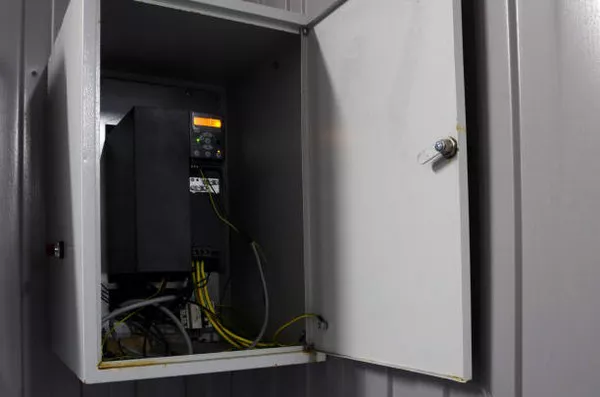In times of emergencies or when off-grid living is a preference, having a generator to power your house can be a crucial asset. Whether you’re preparing for unpredictable weather conditions or seeking independence from the grid, properly connecting a generator requires careful planning and execution to ensure safety and efficiency. This guide will walk you through the essential steps and considerations involved in hooking up a generator to run your house.
Understanding Generator Types and Capacities
Before diving into the setup process, it’s important to understand the types of generators available and their capacities. Generators can be broadly categorized into portable and standby types:
Portable Generators: These are versatile units that can be moved around and are typically powered by gasoline, propane, or diesel. They are suitable for temporary use and can provide enough power to run essential appliances and lights during power outages.
Standby Generators: Installed permanently outside the home, these generators automatically switch on when the power goes out. They are connected directly to your home’s electrical system and are powered by natural gas, propane, or diesel. Standby generators are more powerful and can sustain a larger portion of your home’s electrical load for extended periods.
Steps to Hook Up Your Generator
Step 1: Assess Your Power Needs
The first step in setting up a generator is to assess your power requirements. This involves identifying the essential appliances and circuits you want to power during an outage. Make a list of critical appliances such as refrigerators, lights, heating or cooling systems, and medical equipment if necessary. Calculate the total wattage these appliances require to determine the minimum size of the generator you’ll need.
Step 2: Choose the Right Generator
Based on your power needs and budget, select a generator that meets your requirements. Consider factors such as:
Power Output: Ensure the generator can handle the total wattage of the appliances you wish to power simultaneously.
Fuel Type: Decide on the fuel type that best suits your needs (gasoline, propane, diesel).
Portability vs. Permanence: Decide whether a portable or standby generator is more appropriate for your situation.
Step 3: Safety Considerations
Safety should always be a priority when dealing with generators. Here are key safety considerations:
Location: Place the generator outdoors in a well-ventilated area to prevent carbon monoxide poisoning. Keep it away from doors, windows, and vents that could allow exhaust gases to enter the house.
Grounding: Ensure the generator is properly grounded to prevent electrical shock hazards.
Fuel Storage: Store fuel in approved containers in a cool, well-ventilated area away from living spaces.
Step 4: Install a Transfer Switch
A transfer switch is essential for safely connecting a generator to your home’s electrical system. This device prevents back-feeding electricity into the utility lines, which can endanger utility workers and damage your generator. Here’s how to install a transfer switch:
Hire a Professional: Installation of a transfer switch should be done by a licensed electrician to ensure compliance with local building codes and safety standards.
Location: The transfer switch should be installed near the main electrical panel for easy access.
Connection: The electrician will connect the transfer switch to the main circuit breaker panel and to the generator using appropriate wiring and conduit.
Step 5: Connect the Generator
Once the transfer switch is installed, follow these steps to connect the generator:
Cord and Inlet: Use a heavy-duty power cord to connect the generator to the transfer switch inlet. The cord should be rated for the generator’s output and securely plugged into the generator and the transfer switch.
Start-Up: Start the generator according to the manufacturer’s instructions, ensuring it’s in a safe operating condition.
Switching: Use the transfer switch to switch your home’s electrical load from the utility power to the generator power. This process ensures a seamless transition and protects your home’s electrical system.
Step 6: Testing and Maintenance
Regular testing and maintenance are crucial to ensure your generator operates reliably when needed:
Testing: Periodically test your generator by running it with a load to verify it can handle your home’s electrical demands.
Maintenance: Follow the manufacturer’s maintenance schedule for tasks such as oil changes, filter replacements, and overall inspections to keep the generator in peak condition.
See Also HOW MUCH FUEL TO RUN A GENERATOR?
Conclusion
Hooking up a generator to power your home requires careful planning, adherence to safety protocols, and sometimes the assistance of a licensed electrician. By understanding your power needs, choosing the right generator, installing a transfer switch, and following safety guidelines, you can ensure your home remains powered during outages. Remember, safety is paramount, so always prioritize proper installation and maintenance practices to safeguard both your home and those around you. With these steps in mind, you can confidently prepare for emergencies and enjoy the benefits of backup power whenever necessary.

